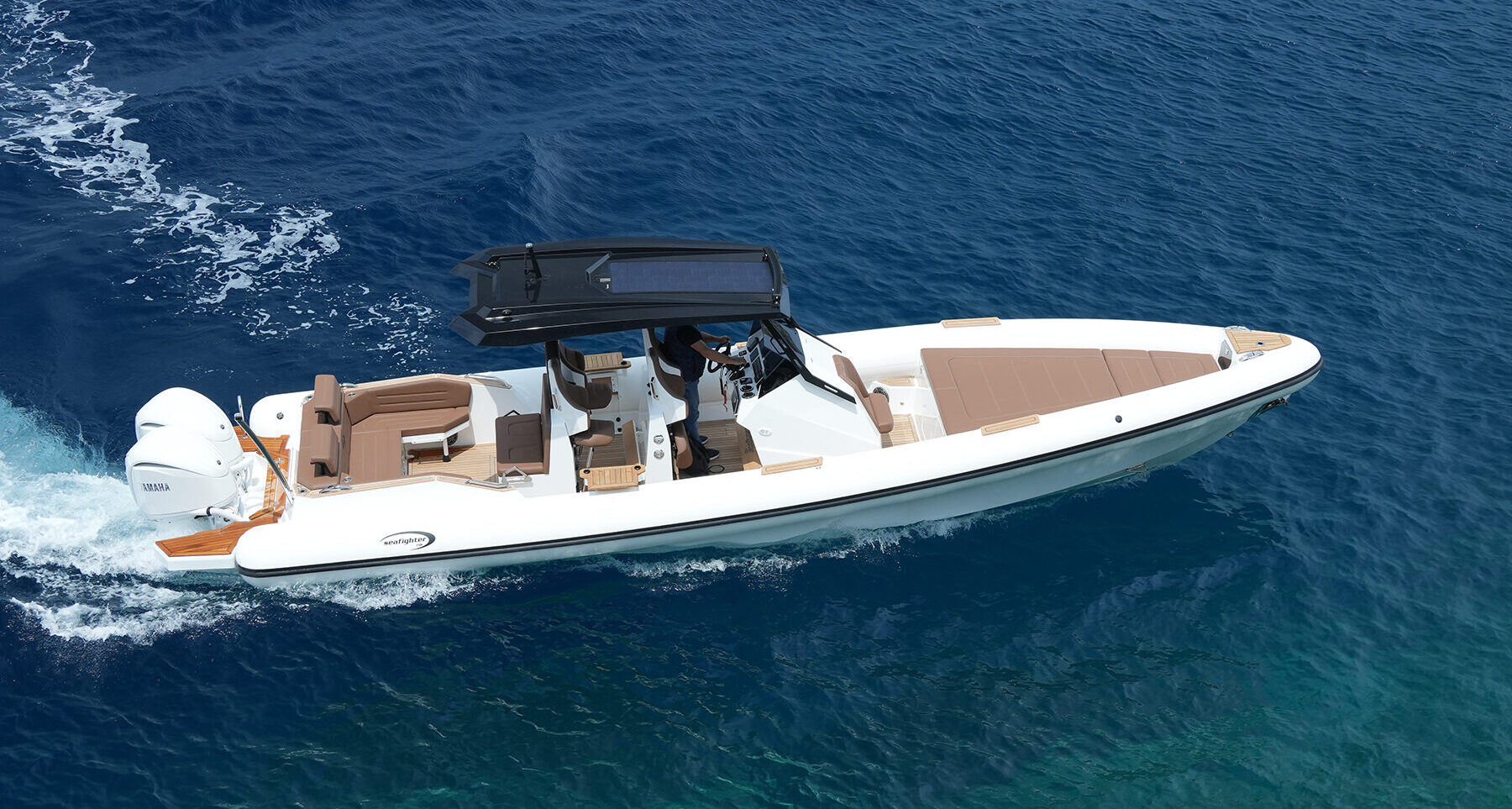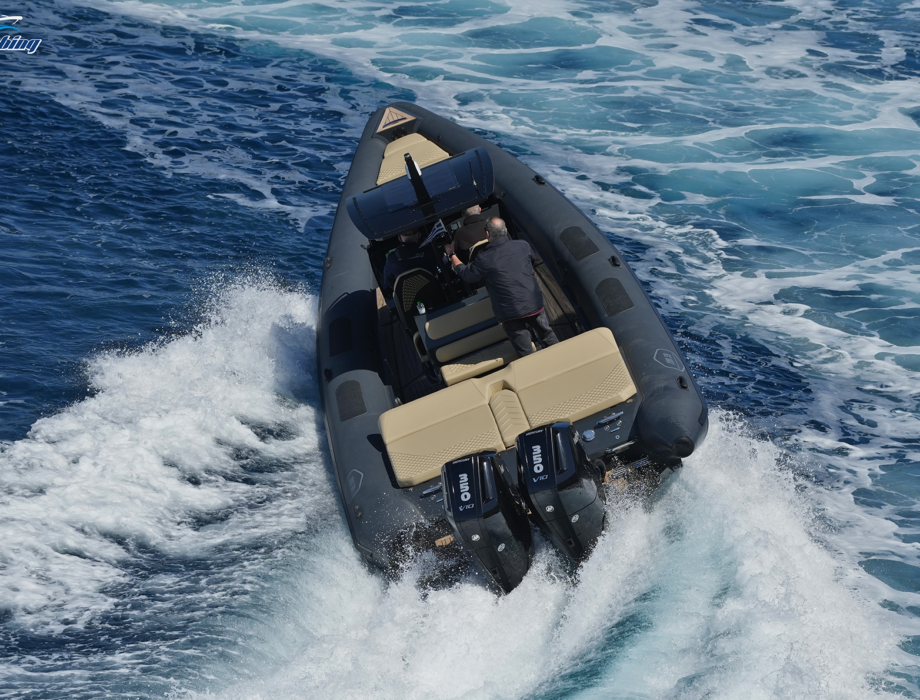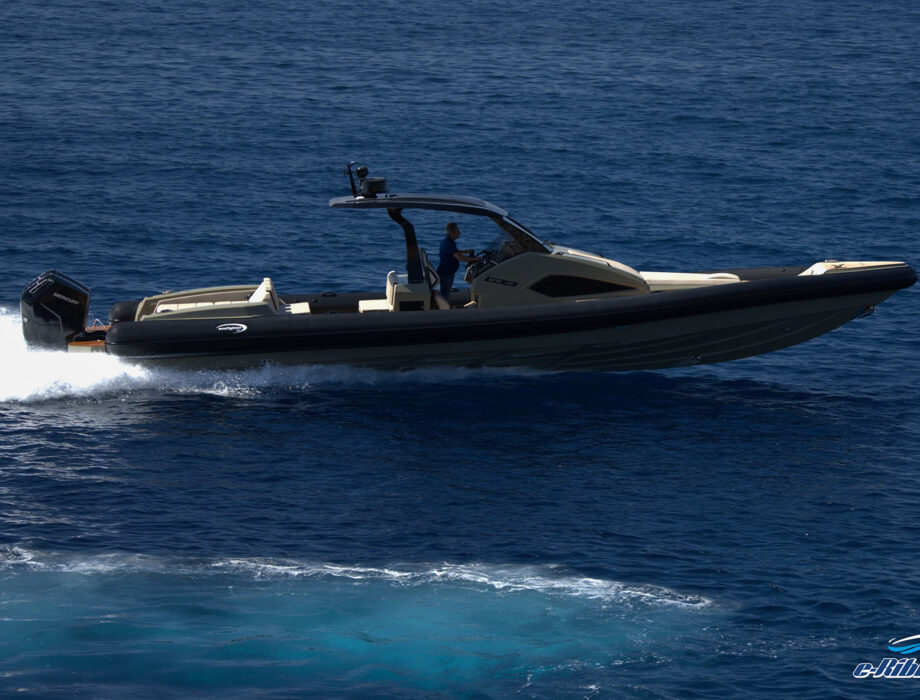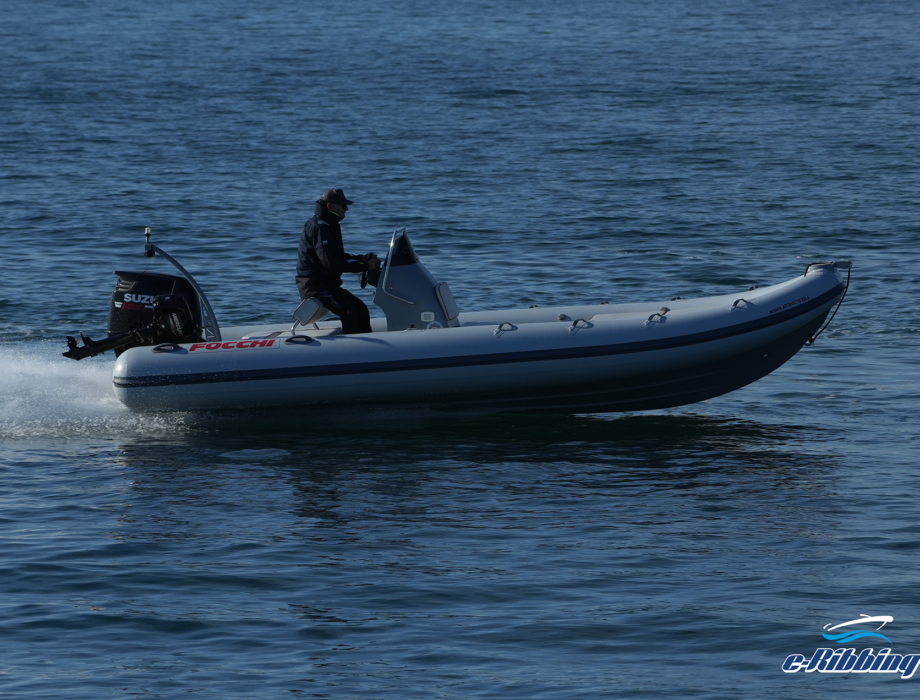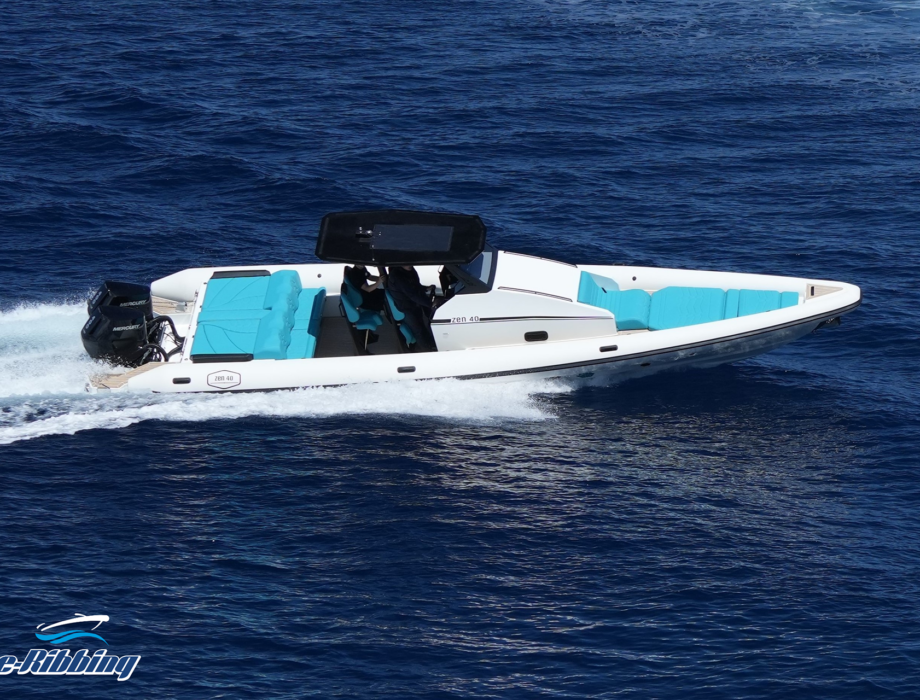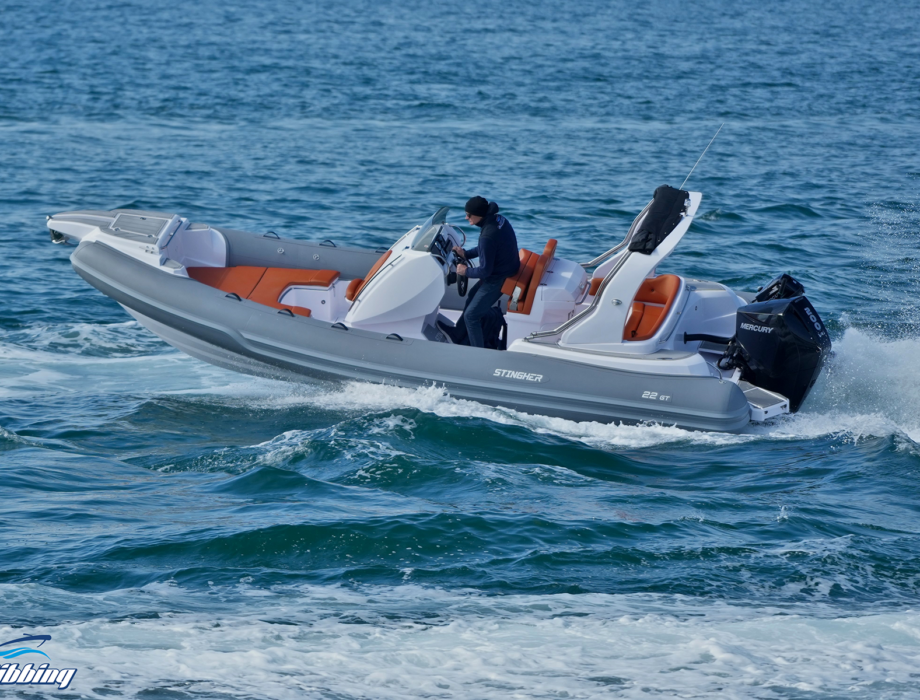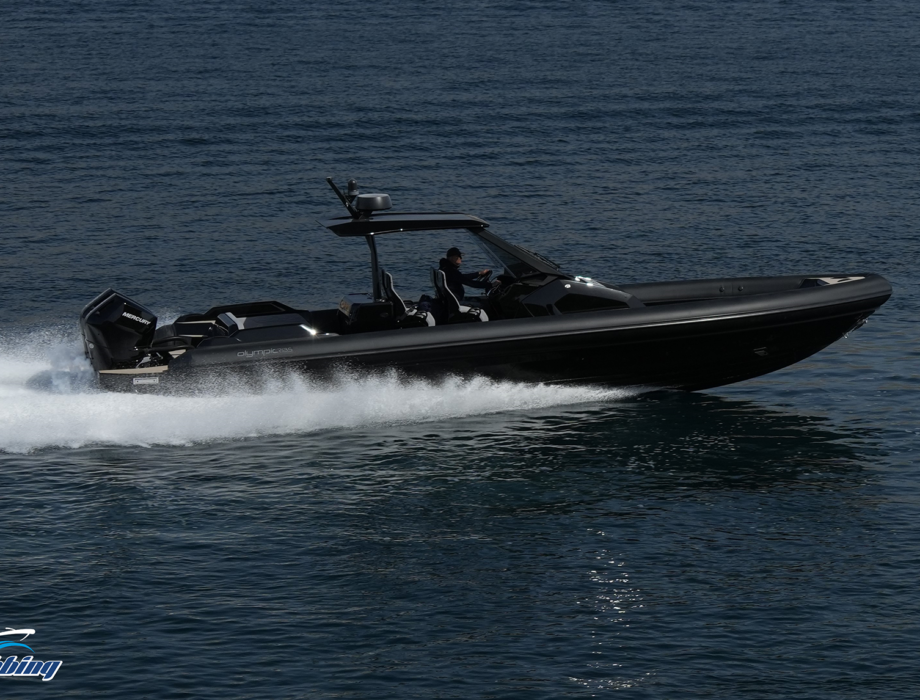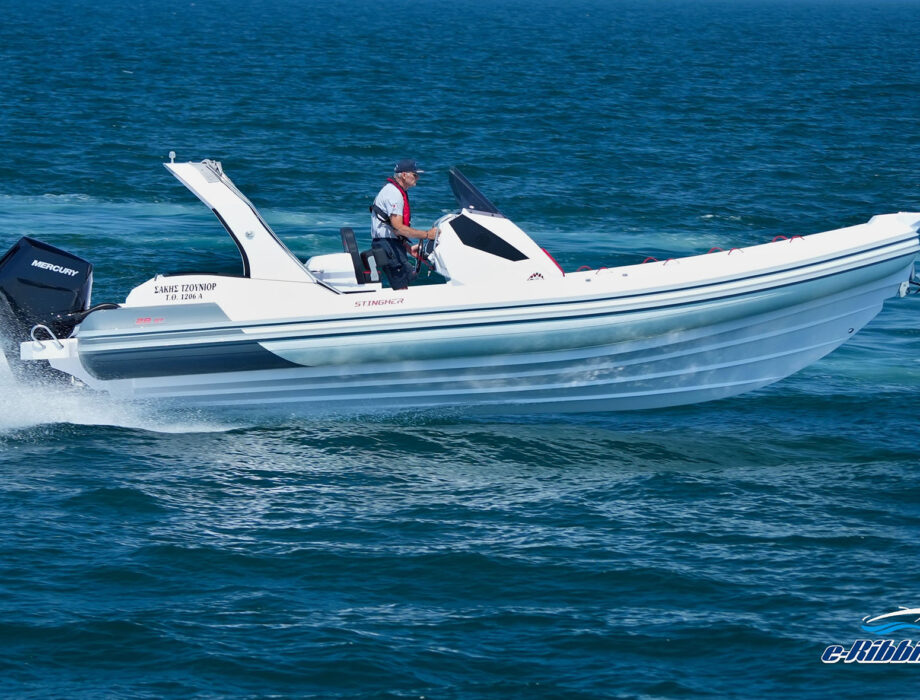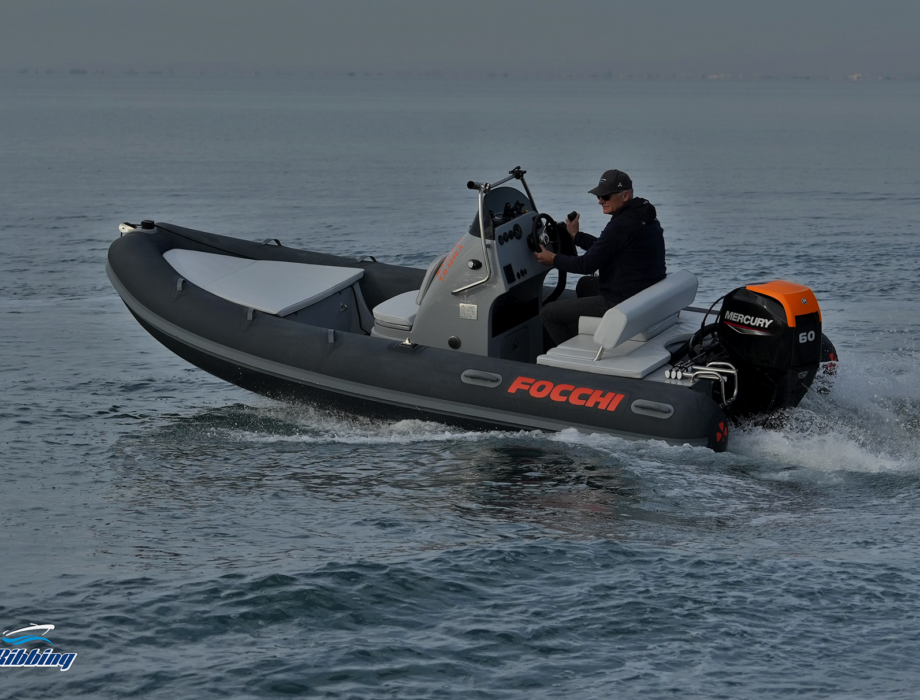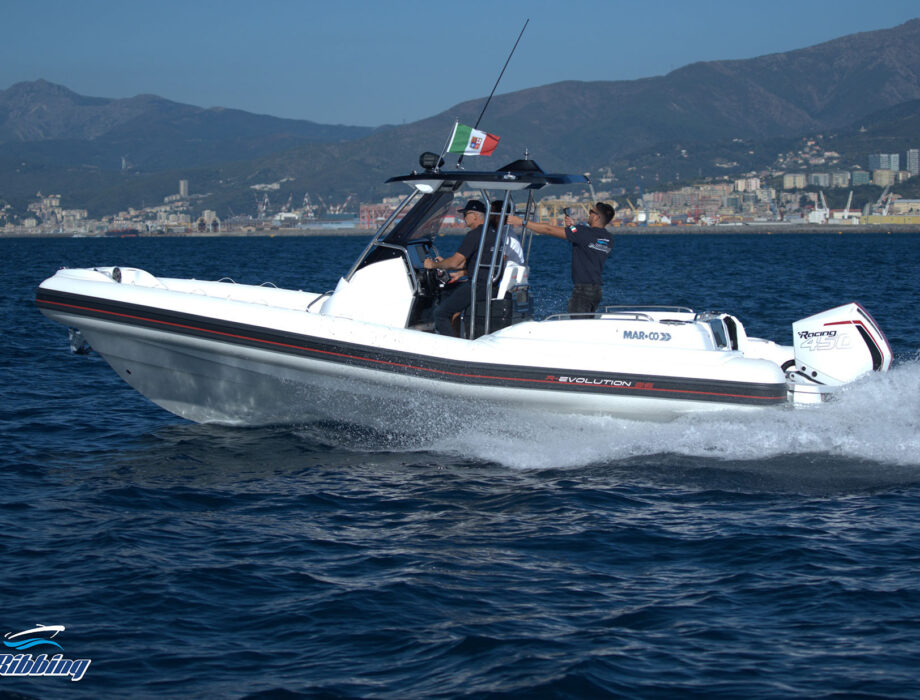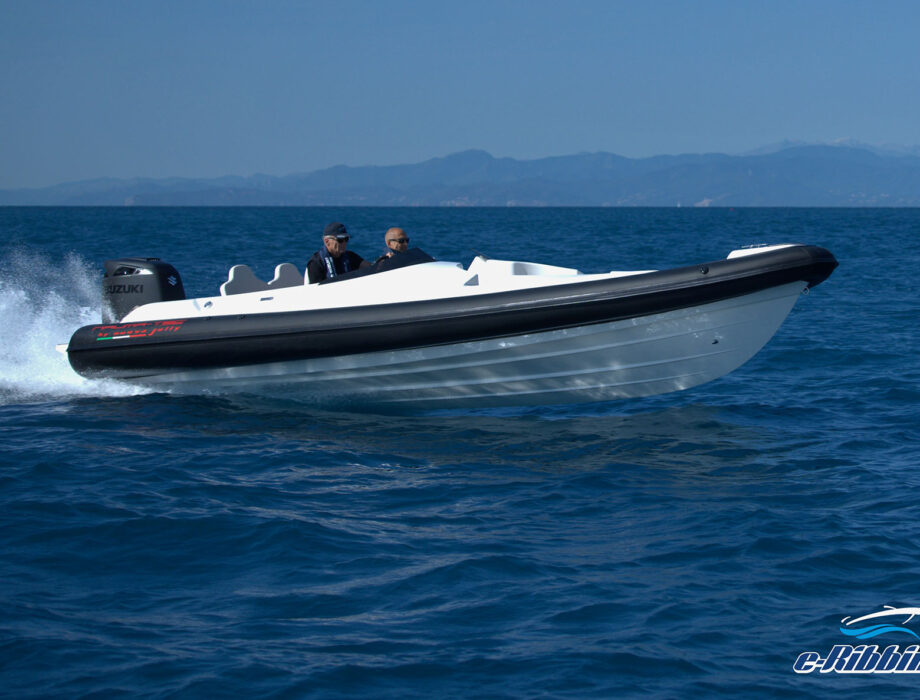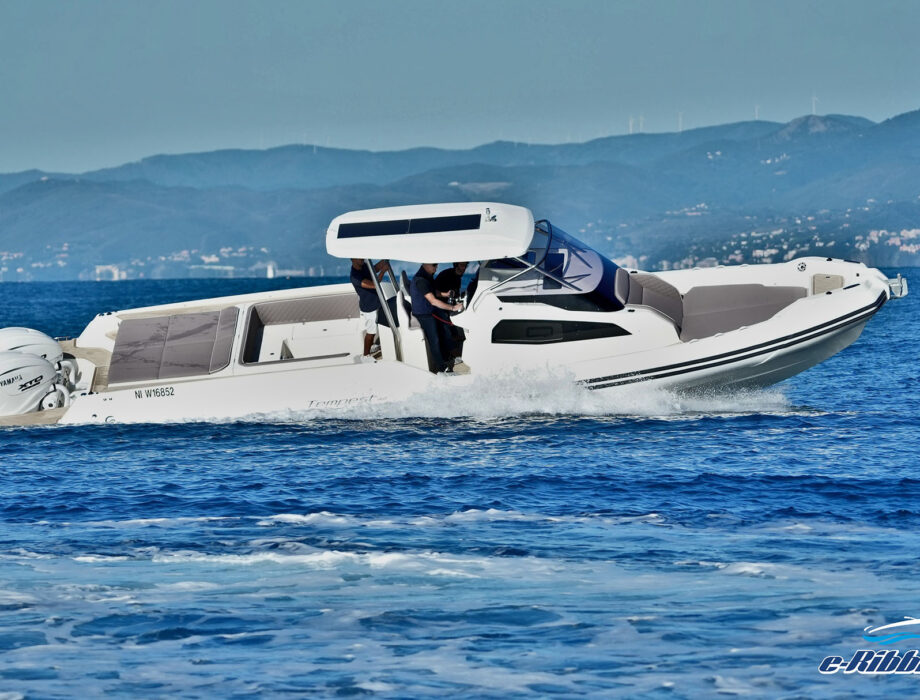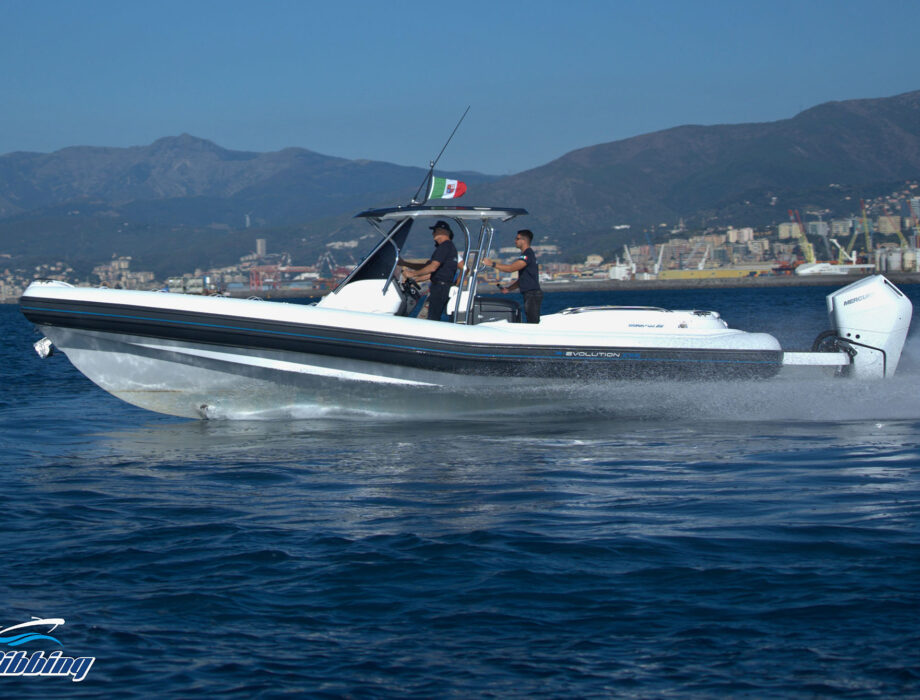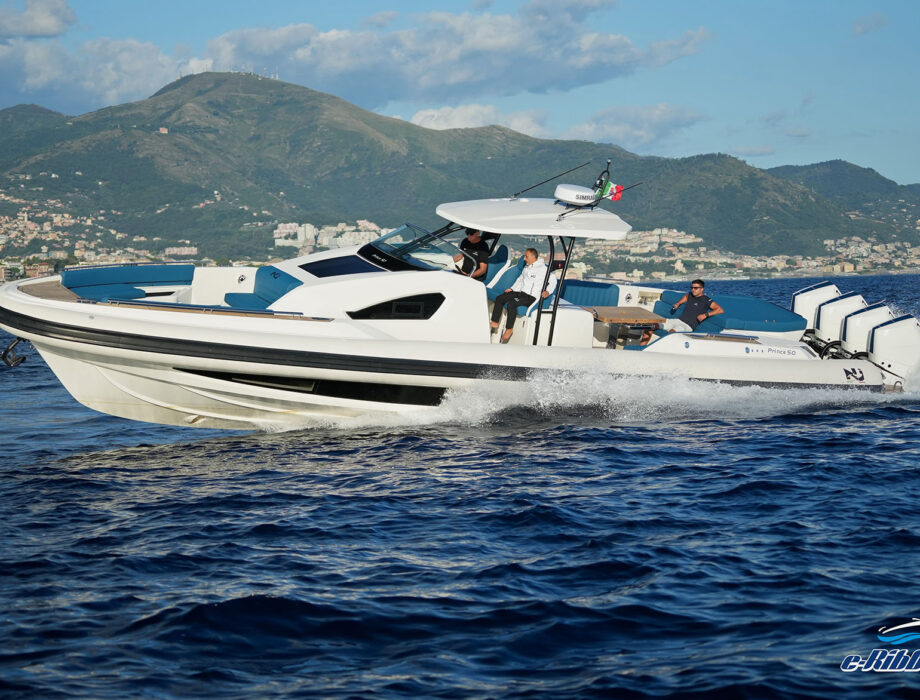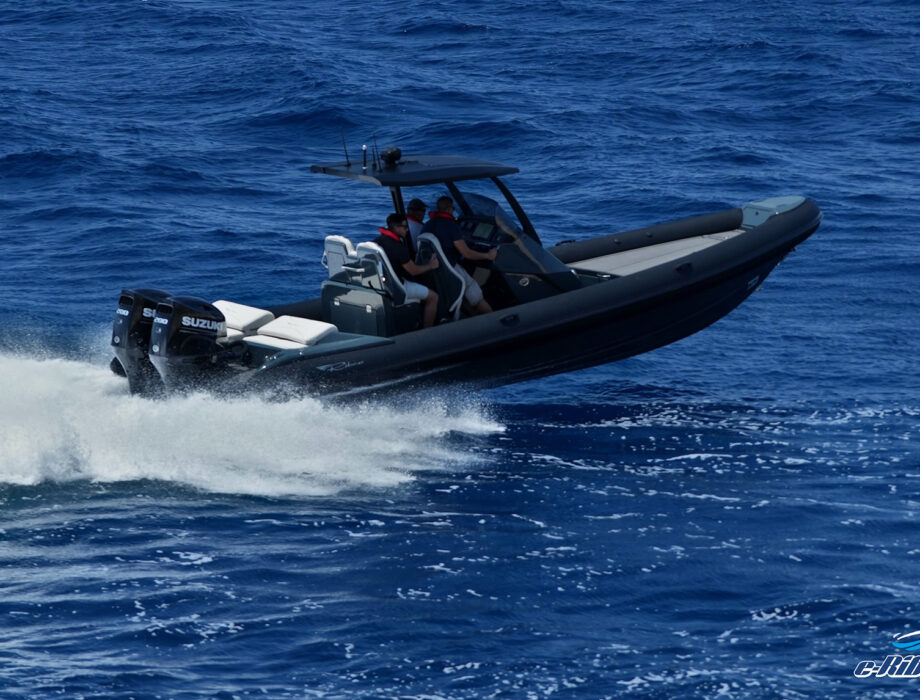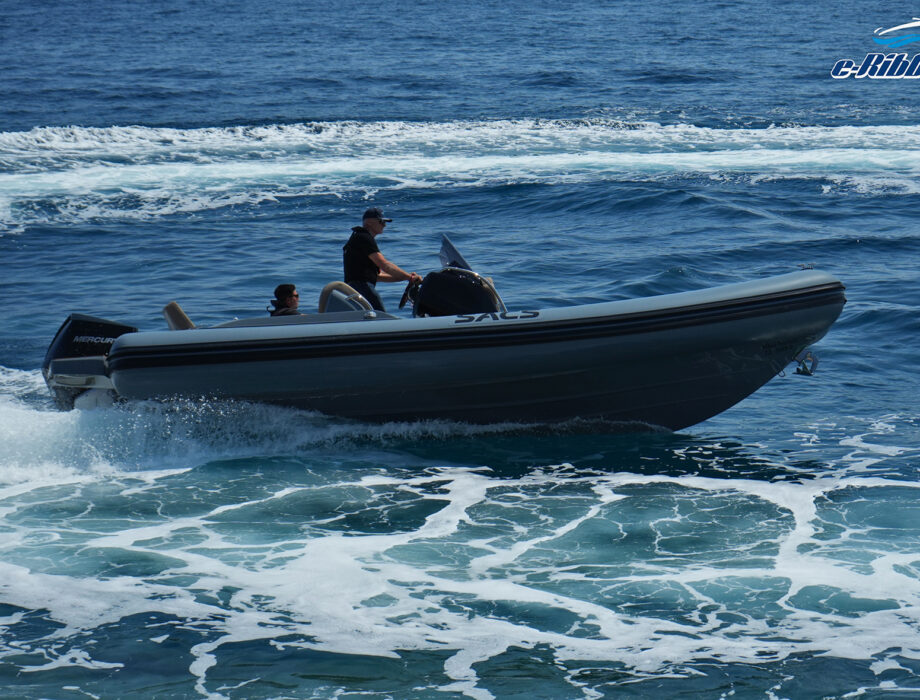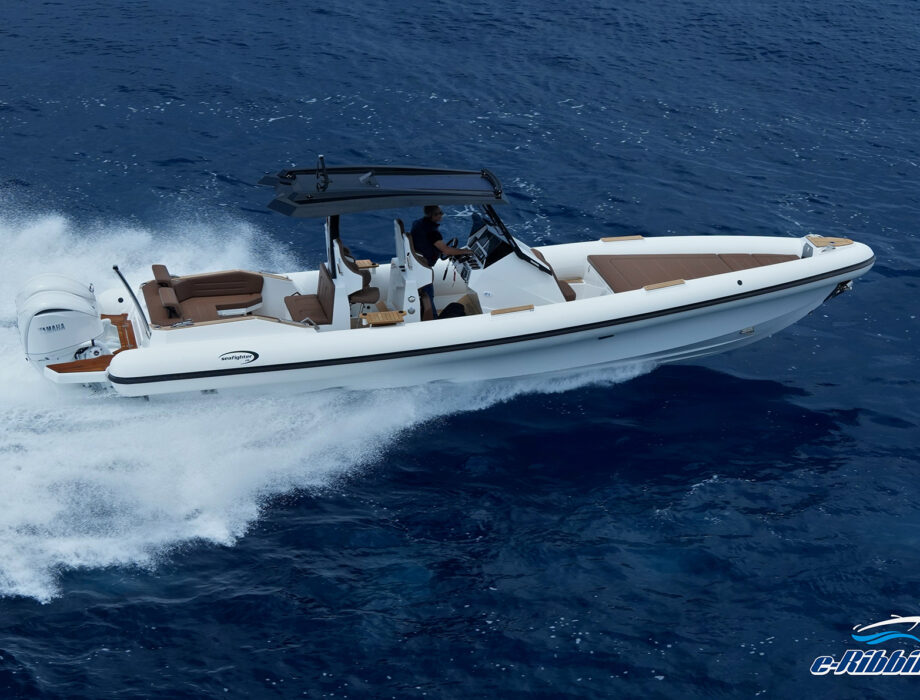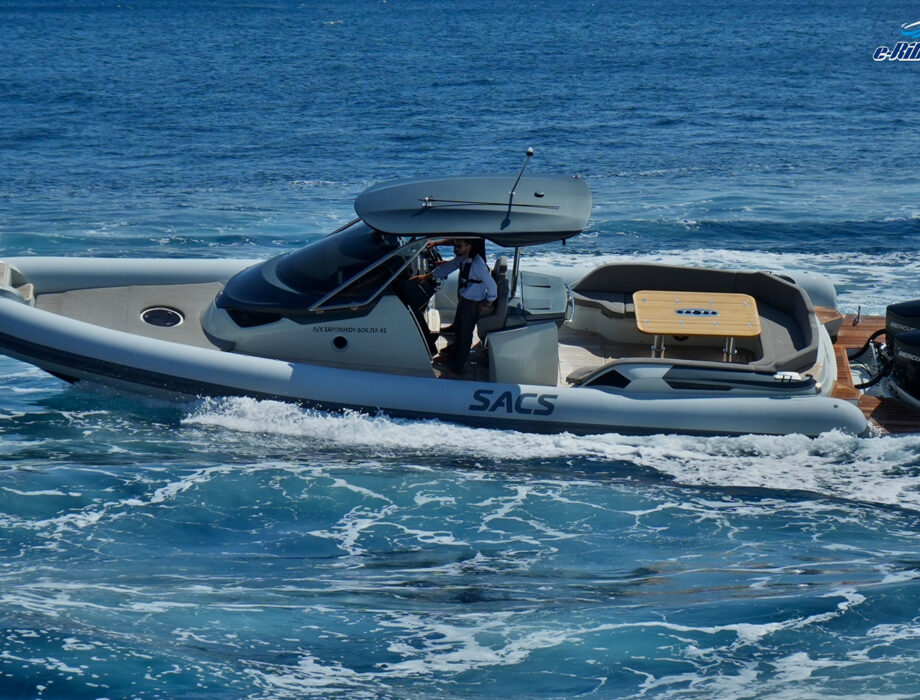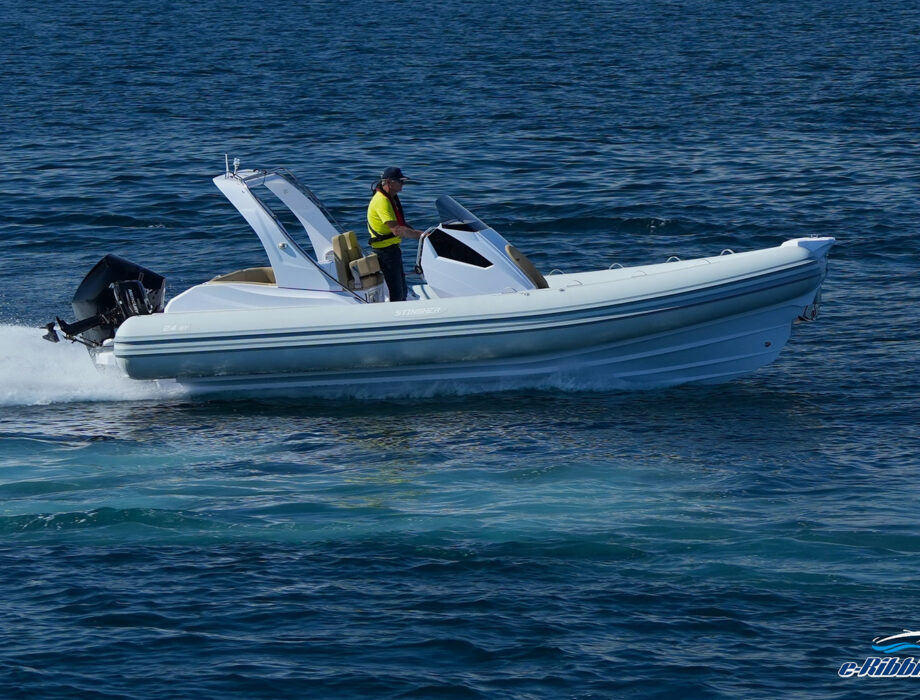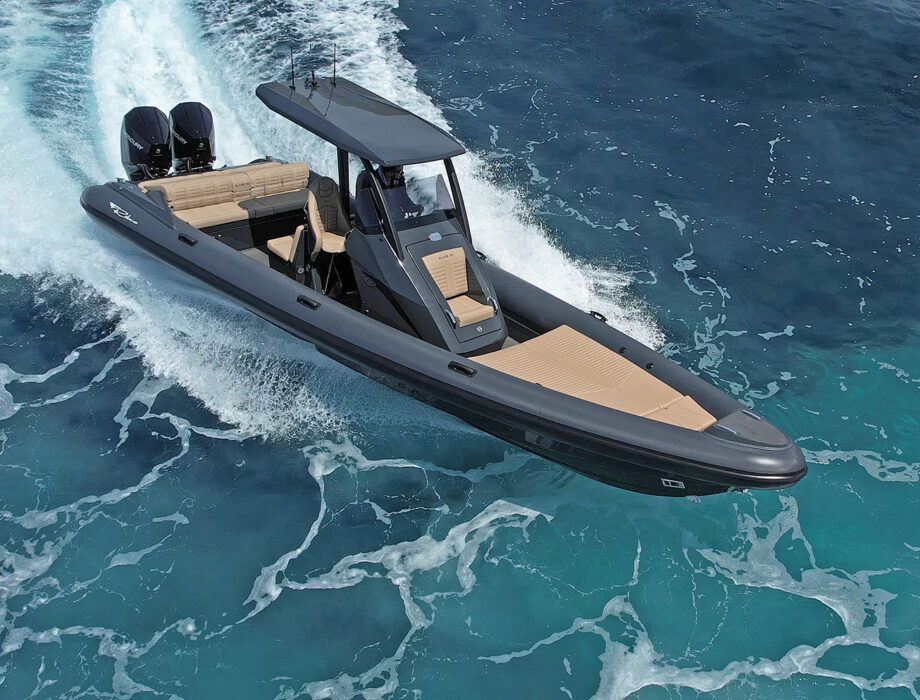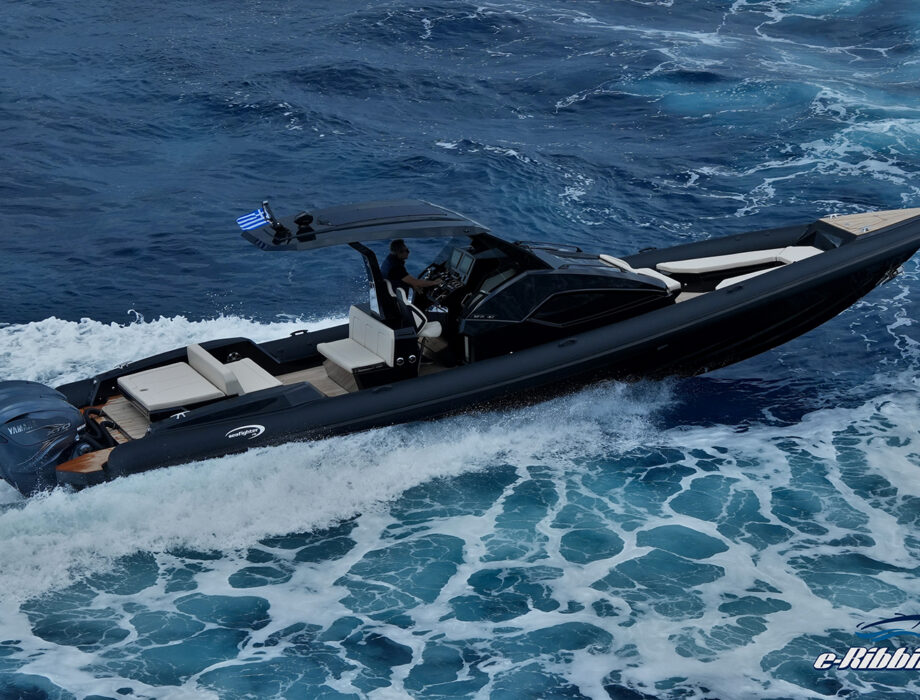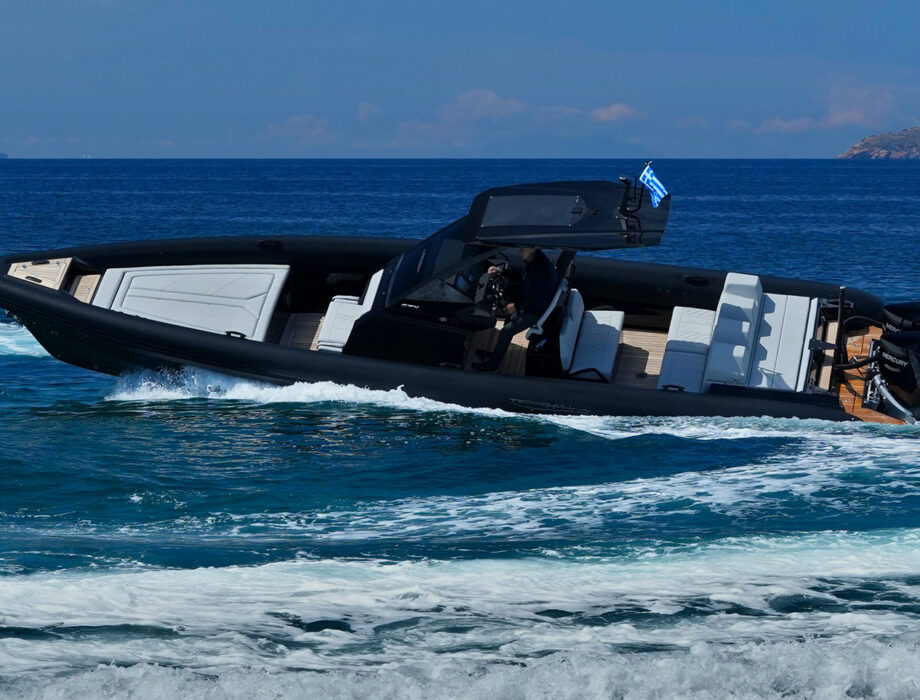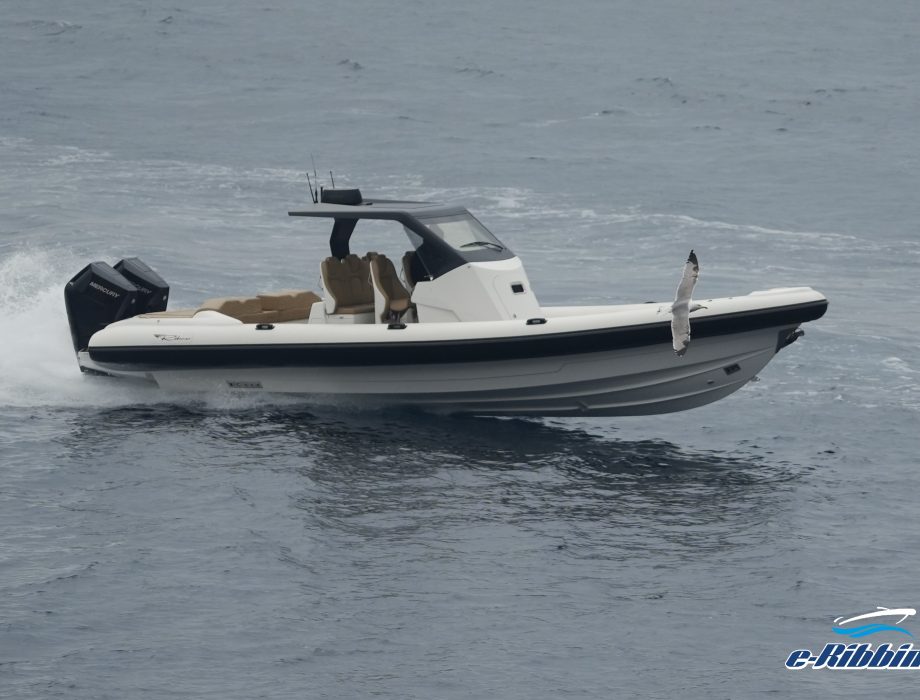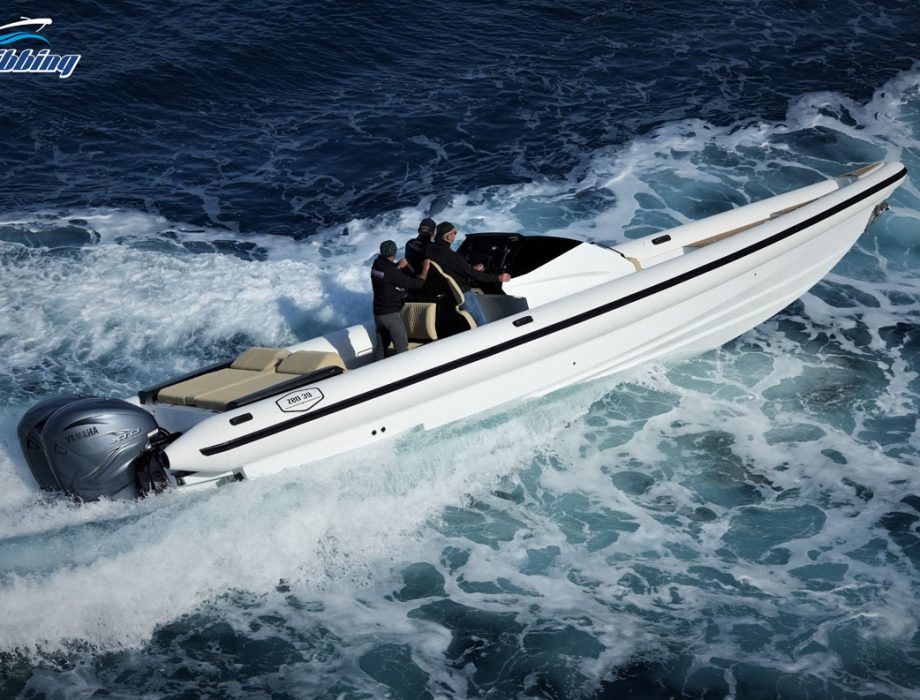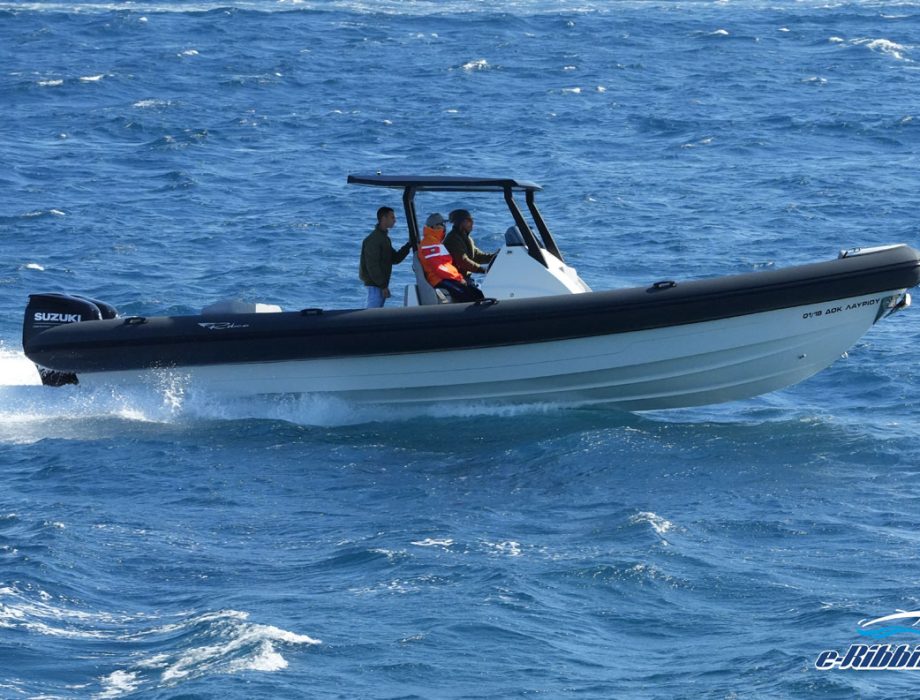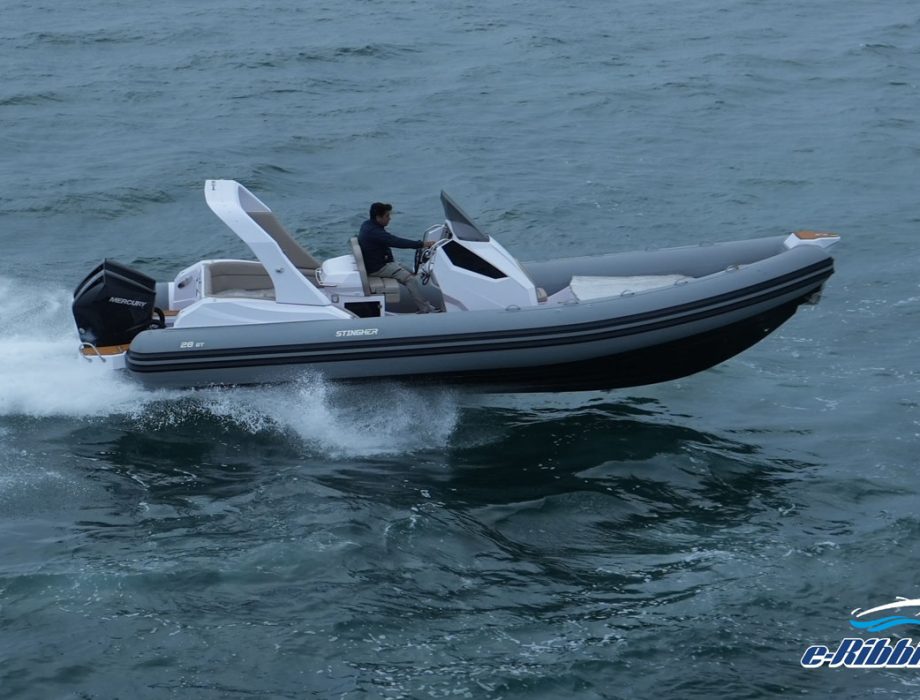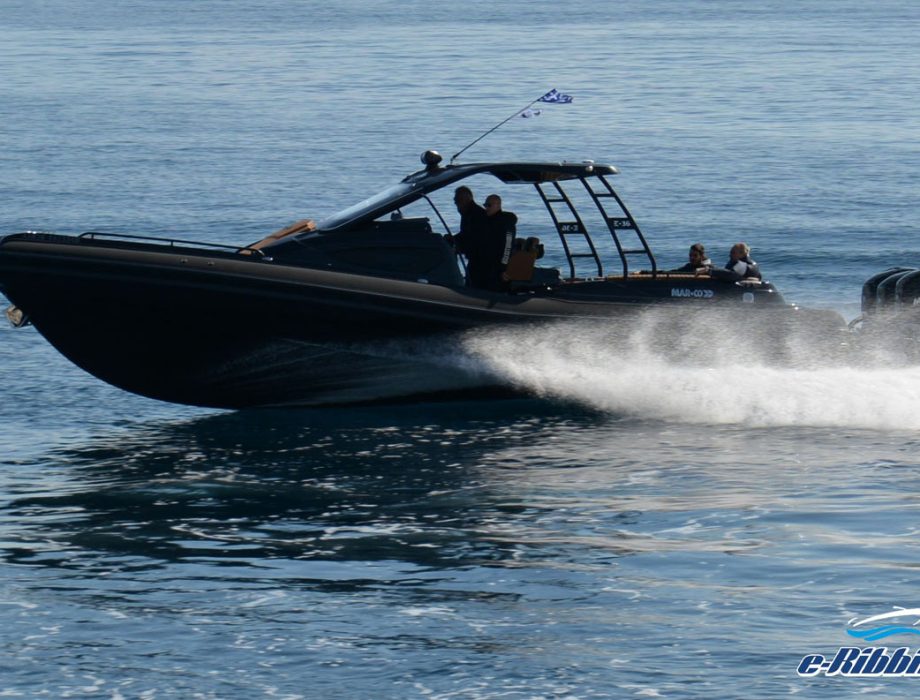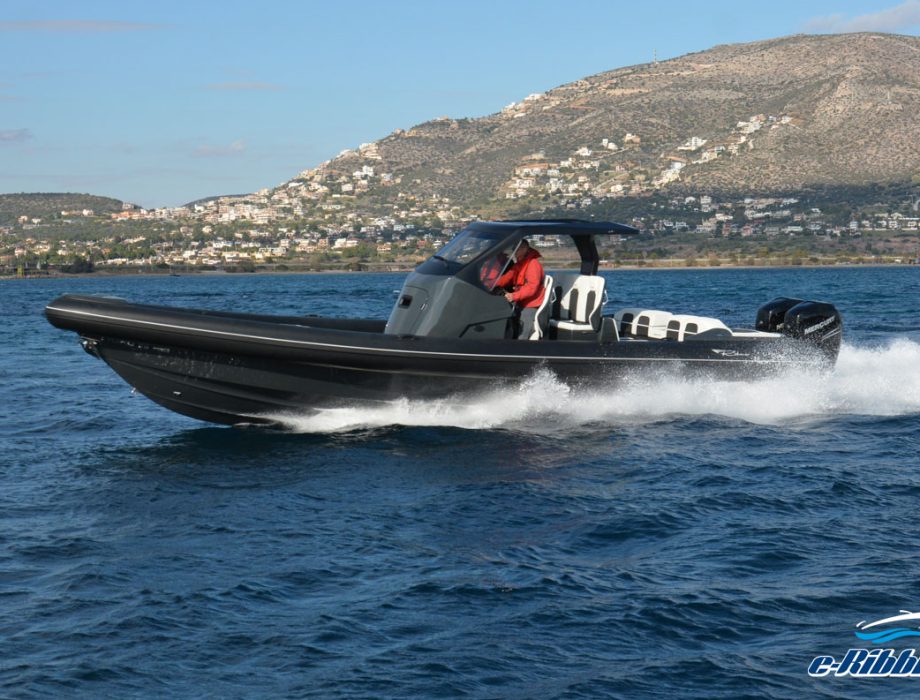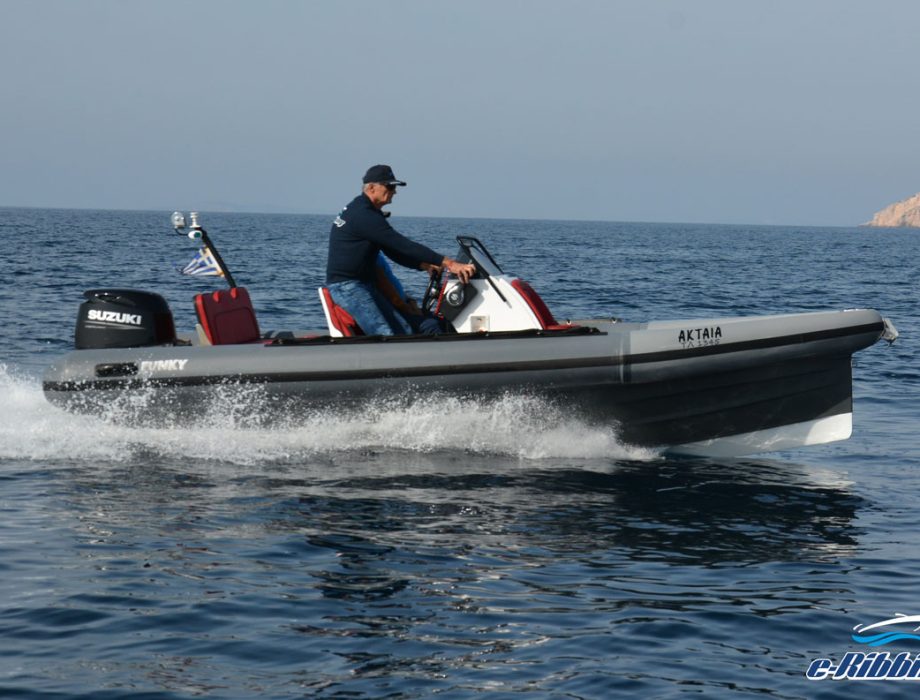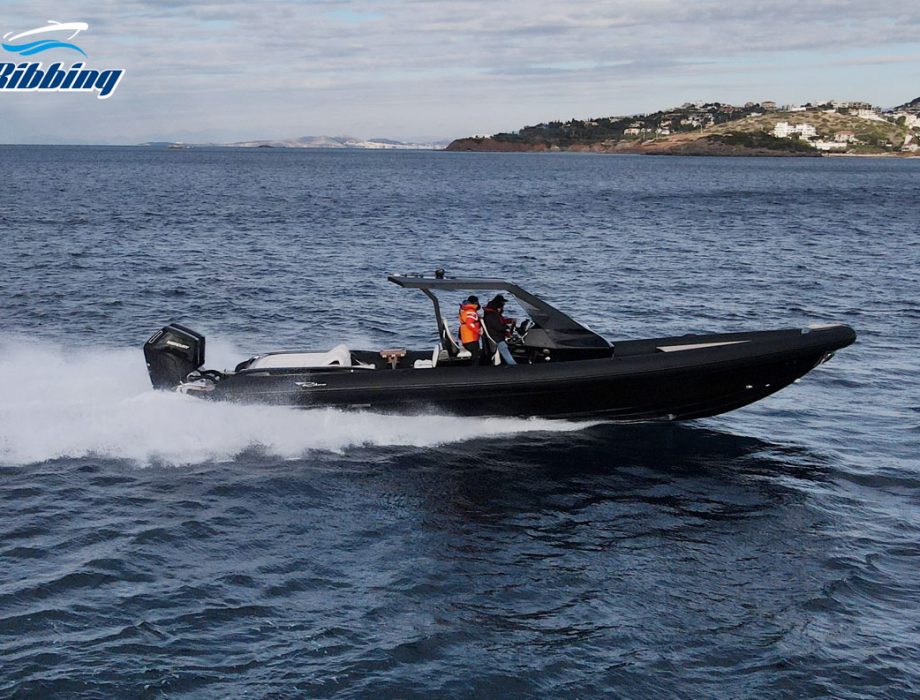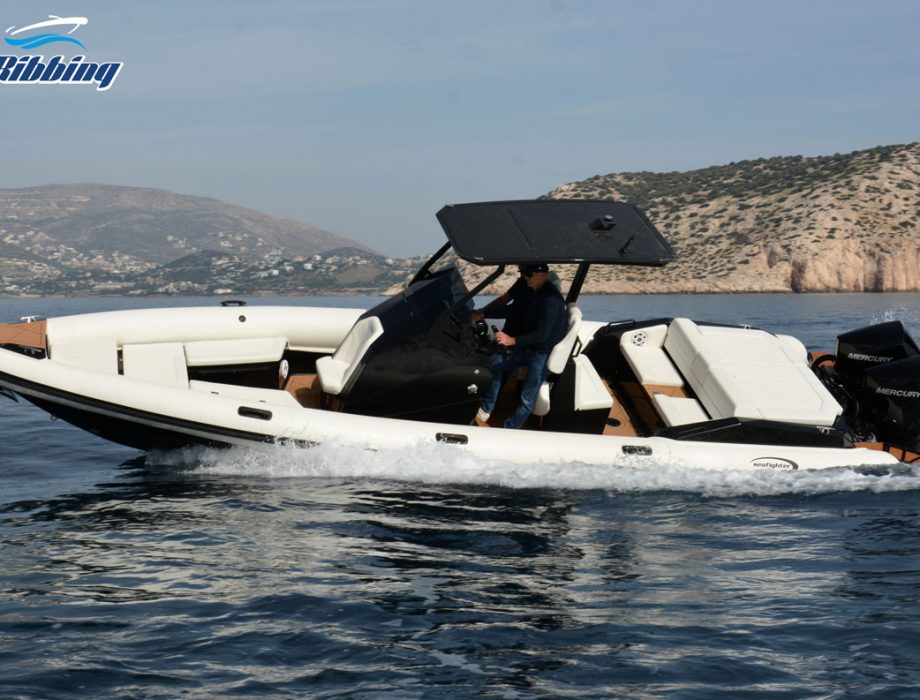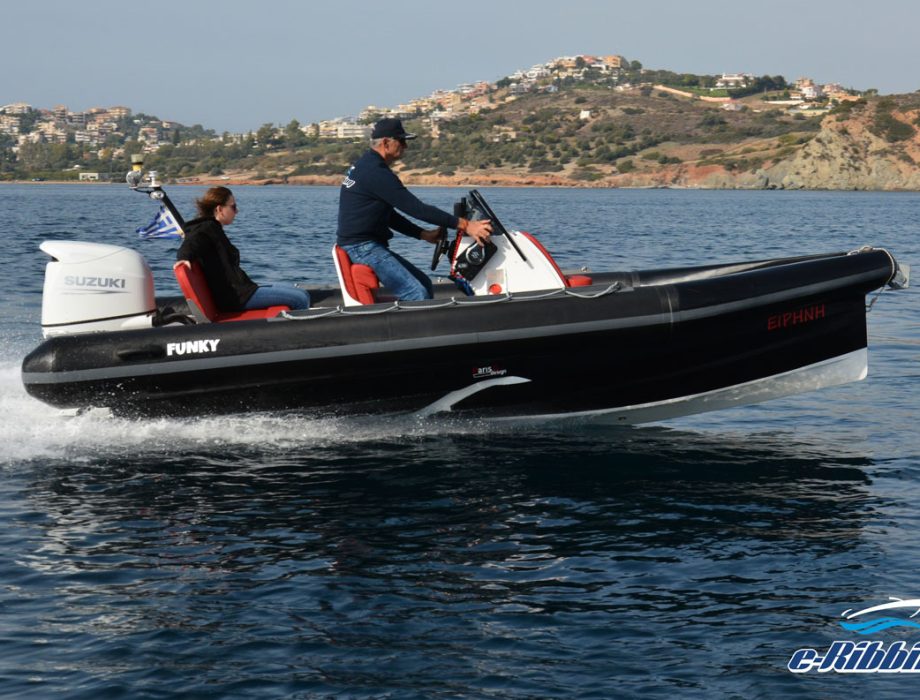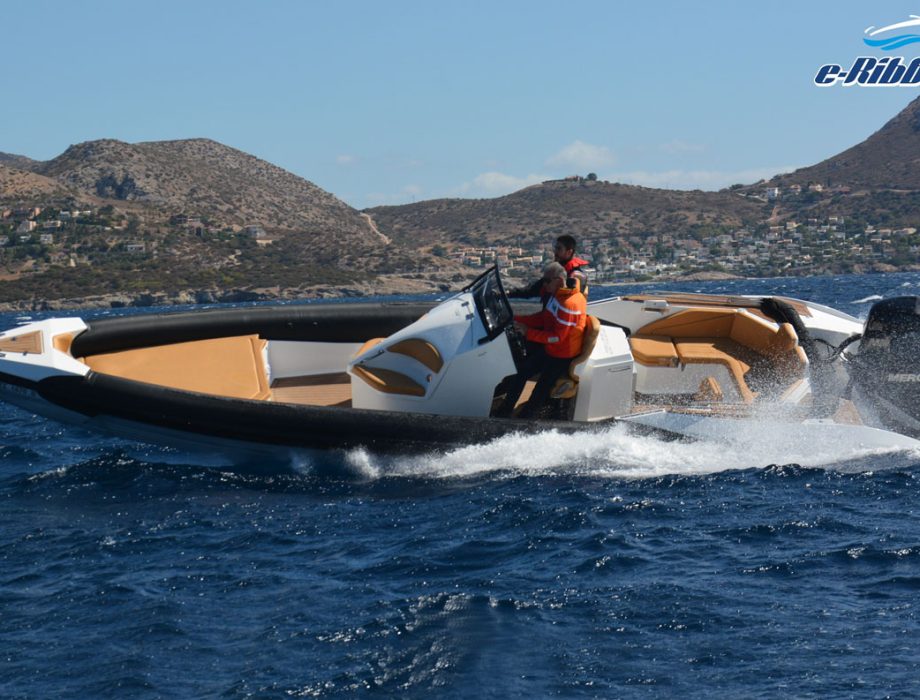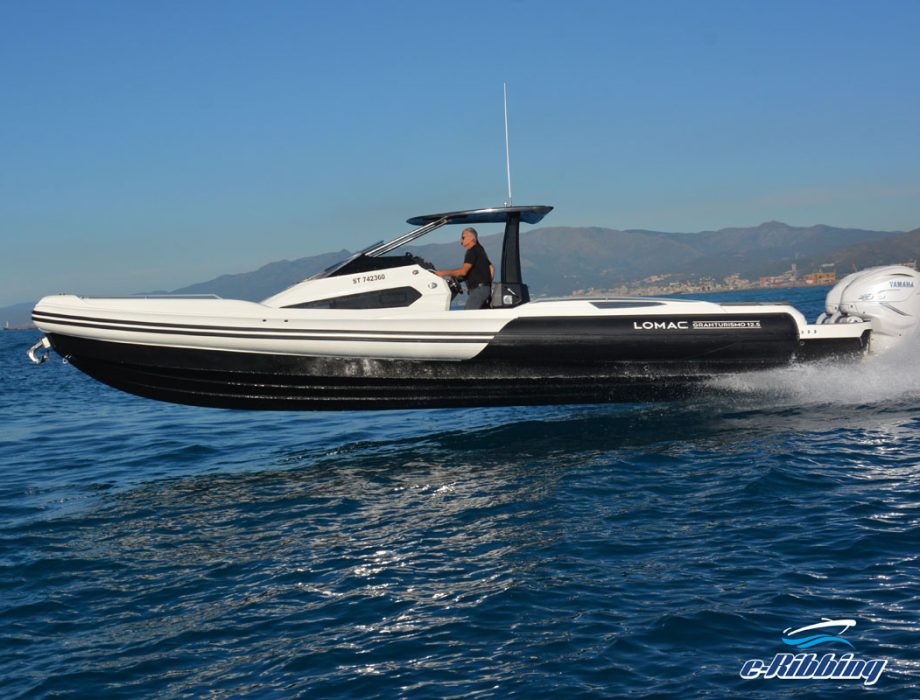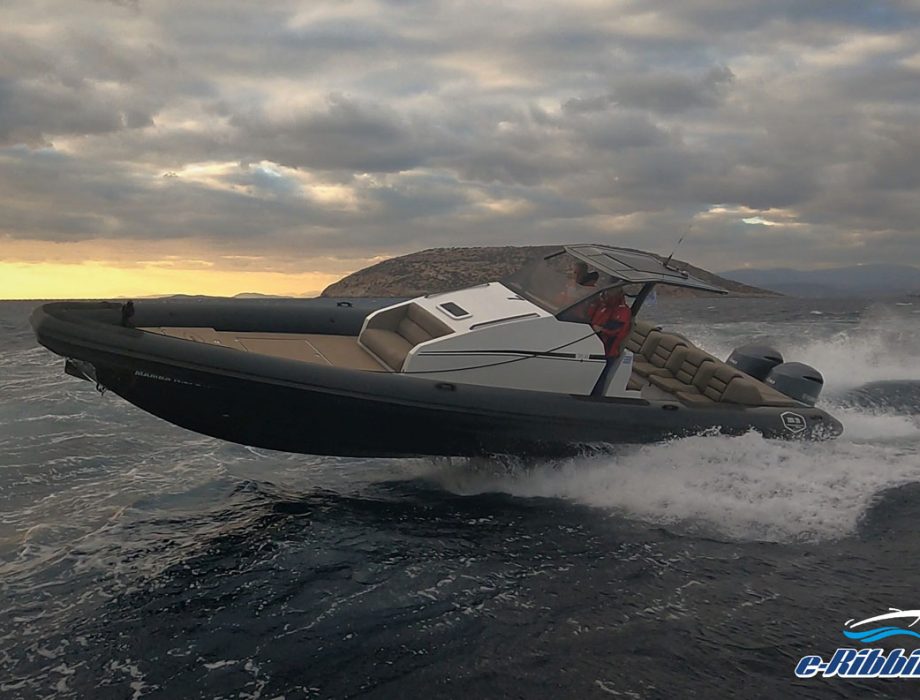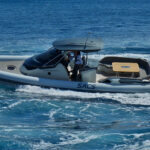
SACS Strider 11 – 2 x 300hp Verado 4.6L V8
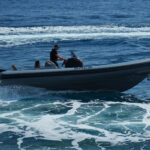
SACS Strider 700 – Mercury 250hp V8 Verado

SACS Strider 11 – 2 x 300hp Verado 4.6L V8

SACS Strider 700 – Mercury 250hp V8 Verado
SEAFIGHTER Shadow 36 - Twin 4.2L 300hp Yamahas
One of the most impressive set-ups we've ever tested, leaving us with smiles after the full-day sea trial we carried out a few days ago.
Extremely flexible, with absolute directionality and very soft ride were some of the main characteristics of the Shadow 36 that for the first time wore the six-cylinder 300hp Yamaha engines on her transom, which combined with the ECO Enertia propellers showed excellent accelerations and enviable grips throughout the whole rpm range.
Seafighter Shadow 36 is a pure offshore open-inflatable boat we introduced several years ago with a pair of Suzuki's 350hp twin-propeller engines. You can read her detailed presentation at the following link and make the corresponding comparisons.
In our current test, Shadow 36 is presented with a different deck layout, different engines and some targeted interventions in her hull that were immediately noticeable and further optimized her ride quality.
On deck
With attention to every detail and with the quality of construction and finishing being at high levels, the deck of Shadow 36 is a new proposal with many differences though still keeping only the bow sundeck which has remained the same.
A larger hard top, two rows of seats and a U-shaped sofa at the stern are the main differences of this version, which can eventually be chosen according to use and desires.
In the bow area, the raised sundeck still dominates, forming a huge sunbathing and relaxation area, with a length of 2.58 meters and a maximum width of 1.80 meters.
Below the sundeck is the large tent-type cabin which, with a clear length of 2.04 meters and a maximum width of 1.32 meters can comfortably sleep two adults, while under the cushions there are two independent storage spaces that can accommodate the necessary cabin equipment.
The console has been widened, while still continues to leave comfortable passageways to the right and left of it for our comfortable movement, while a large seat has been integrated in its front part.
The instrument panel has remained the same, providing a large area for the placement of electronic devices while providing ample space for the engine gauges, electrical switches, radio-cd and VHF.
The engine controls remain centrally located while to their port is the steering wheel and to their starboard are the two stainless steel cup holders, the elegant stainless handle for the passenger and immediately below the small glove box which is very useful for placing small items.
Behind the console we find that the layout has changed completely.
The two seats that are located in the superstructure that houses the refrigerator were moved further back and in their place was placed another row of two individual seats that make up the steering positions. The aft sundeck gave way to a U-shaped settee, greatly increasing the number of people seated during the travel.
At sea
Shadow 36 of our sea trial was powered by a pair of 600-horsepower Yamaha engines, the lower units of which were turning two 16" x 19" ECO Enertia propellers with a 1.75:1 gear ratio. We were a crew of two, with 500 liters of fuel and the weather conditions were very good.
As we mentioned in our introduction, Yamaha engines with the specific propellers perfectly matched the geometry of the Shadow 36 hull and gave us impressive results in terms of mainly ride quality but also of numbers we recorded.
Throttle response and acceleration were explosive, the Rib was travelling with absolute stability maintaining a great angle of riding while giving us a great sense of safety even when running at high speed against our wakes or when attempting sharp turns.
It was jumping on plane in 4 seconds with minimal bow rise and accelerated to 30 knots in 9 seconds, reaching 40 knots in 13 seconds.
She was standing on plane at just 2000 rpm maintaining a speed of 11 knots, a fact very important when we need to cover difficult miles.
At 3000 rpm we were cruising at 25 knots burning 2.1 liters per nautical mile, while at 3500 rpm we were running at 30 knots consuming 2.3 liters per mile.
At 4000 rpm our speed reached 35 knots burning 2.5 liters per nautical mile and at 4500 rpm we were cruising at 40 knots burning 2.6 liters per mile.
As we can see the most economical cruising speed was recorded at 25 knots with 2.1 liters per mile, which gives a range of 238 nautical miles when we have 500 liters of fuel in our tanks.
We also notice that when we travel at speeds between 35 and 40 knots the increase in consumption is negligible and amounts to just 0.1 liters per nautical mile.
At WOT, Shadow 36 reached a top speed of 50.5 knots with the engines revving to 5900 rpm, very close to their manufacturer's recommended maximum limit. Running for a long time with the throttle wide open, the Rib showed great stability and her hull confirmed that it can handle even higher speeds with absolute safety.
You can see the detailed measurements in the table below:
Taking a good look at the table of our measurements we will find that the slip values we recorded are impressive. At low rpm, where slip percentages usually range from 20% to 35%, we notice that in this particular set-up the slip varies between only 4% and 6.7%. Numbers quite rare that allow us to get almost the maximum performance when travelling at low rpm, increasing our cruising speed and reducing fuel consumption. In the middle rpm, the slip values decrease even more to reach a percentage of 0.5% giving us ideal performance. This is also the main reason for the wonderful driving feeling we got during our test, calling the engine-propeller-boat combination one of the best we have ever tested.
These results are largely credited to the ECO Enertia propellers which minimize the wet surfaces of the boat, almost eliminating the hydrodynamic resistances of the hull. Only at high rpm do we notice a small increase in slip, which is considered low anyway, mainly due to the large diameter of the propellers which works in reverse at high speeds.
Manufacturer:
Seafighter Rib
Ifestou 32 I. A. Koropi – Athens
Tel. +30 210 8972720
info@seafighter-rib.gr












